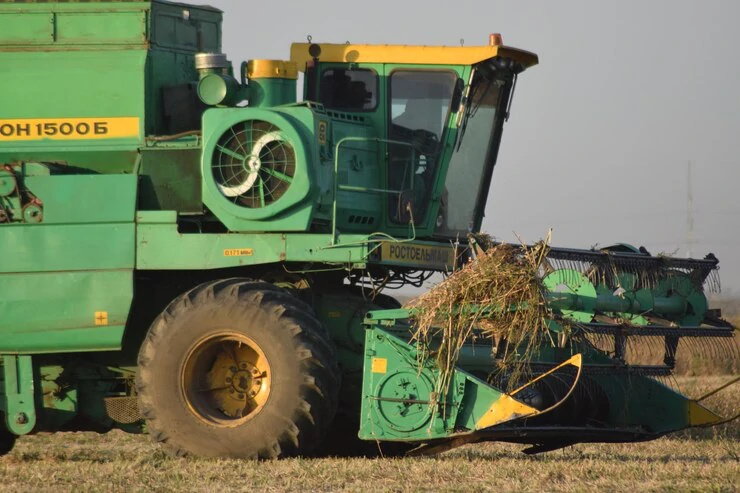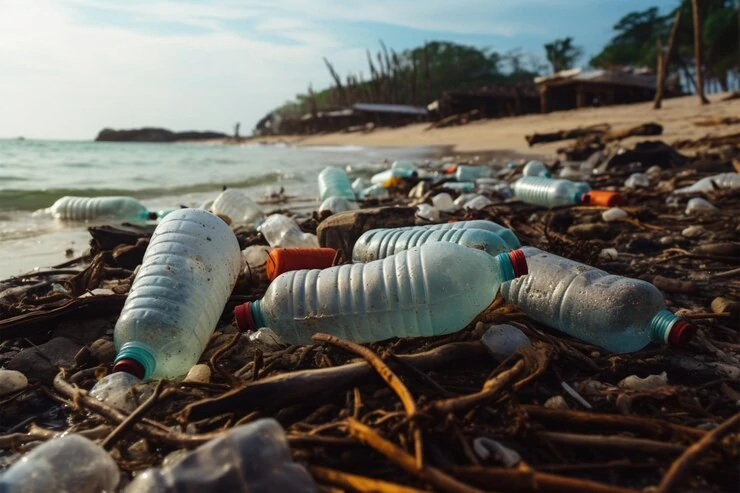The production of green charcoal or ecological charcoal is an ideal alternative for combating the harmful gases produced by charcoal. As well as causing pollution, the use of charcoal is one of the main causes of deforestation in many countries around the world. To remedy this, this article is dedicated to the manufacture of ecological charcoal that will contribute to the sustainable restoration of the environment.
Bio-coal made from household waste
Between organic matter, plastics and paper, household waste is one of the safest and most reliable raw materials for making bio-charcoal. All these residues can be used to make carbonised briquettes of ecological coal, replacing charcoal and firewood. They are generally used for domestic cooking and are also very practical for producing heat in industry. Depending on consumer needs, these briquettes can also be uncharred.
Preparation of raw materials and carbonisation
First, the raw materials to be used must be sorted and dried in the sun. You should also shred any large ones to facilitate carbonisation. If the raw materials are paper or cardboard, they need to be soaked in water for 4 days to facilitate densification. Once the basic products are ready, they are subjected to a carbonisation session. This involves placing the raw materials in conditions of heat between 400 and 600°C and in an oxygen-free environment. In the case of green coal, traditional, improved, retort or hydrothermal carbonisation can be used.
Binder preparation and densification
The binder is essential to ensure good adhesion between the components of the coal and the solidarity of the briquettes. However, paper or cardboard briquettes do not require binder. The binder used can be molasses, clay or arabic binder. Once the binder has been incorporated, the briquettes move on to the densification stage, making them easier to burn and transport. After densification or agglomeration, the briquettes must be dried in the sun or on racks.








